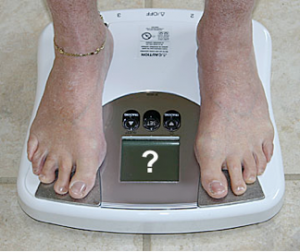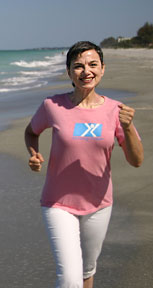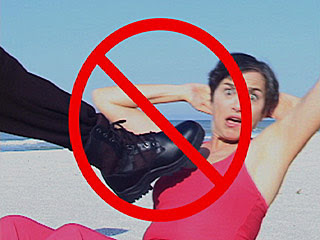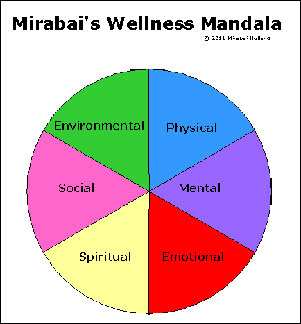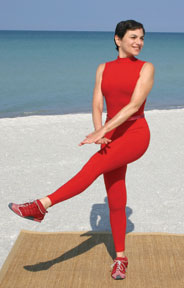Skeletal Fitness by Mirabai Holland: A Workout For Your Bones
Osteoporosis is one of those silent diseases that can creep up on you before you know you have it. To combat Osteoporosis and help keep your bones healthy for a lifetime, it’s important to increase your Skeletal Fitness!
Osteoporosis is a disease, which, over time, causes bones to become thinner, more porous and less able to support the body. Usually there’s no pain in the early stages.
44 million of us are at risk for Osteoporosis. The vast majority are women.
Women often develop Osteopenia (low bone mass that can lead to Osteoporosis) in the first few years after menopause because they lose bone-protecting estrogen.
But, we can prevent and help reverse the effects of Osteoporosis by working out our bones. On the outside, bones look solid and rock-like, but they’re not.
They’re living tissue. There is a smooth, hard, outside layer
made of cortical bone, and the inside, is a strong, light weight,
honeycomb-like structure, called trabecular bone, which contains blood vessels, and bone marrow. The combination of cortical and trabecular bone enables the skeleton to be light, strong, flexible and efficient.

By young adulthood, our bones have grown to their full size and density. But activity in our bones is far from over. In a cycle called remodeling, old and weakened areas of our skeletons are broken down and replaced with new well-formed tissue. Adults have about 10 to 15% of their bone replaced each year.
In bones with Osteoporosis, the remodeling cycle is out of balance. Bone is broken down but little or nothing takes its place. The outside hard cortical layer
gets thinner, and the honeycombed, trabecular inside becomes more porous.
Most people don’t discover they have Osteoporosis until a fracture occurs.
Fractures occur most often at the spine, at the hip, and at the wrist.
The good news is since bones are living tissue they can become denser with weight bearing exercise.
For example, astronauts lose bone mass in the weightlessness of space. To combat this, NASA is training astronauts for a mission to Mars, to do weight bearing exercise that simulates the exercises they will need to do in space to maintain their bone mass. Weight bearing exercise for Skeletal Fitness is called bone loading. When working out your bones it’s important to load the areas most at risk for fracture: the spine, the hip, and the wrist.

So for instance try these Do’s to help load the three areas most at risk:
· Carrying a backpack instead of a purse to help load your spine.
· Take stairs instead of the elevator whenever you can to load your hips.
· Grab some soup cans and do 8-16 reps of wrist curls and when that gets too light invest in some hand weights. Remember; always exhale on exertion when you’re lifting a weight. Start with a comfortable weight and add one pound every couple of weeks, or, when it feels too easy.
· As you get stronger you can add a full body weight-training program with special emphasis on the areas at risk for Osteoporosis.
Weight train every other day, because your body needs time to recover and grow stronger.
If you are at risk for or have Osteoporosis, here are some Don’ts
· As a general rule, don’t do anything that requires you to bend forward from the waist with the back rounded; this is called spinal flexion and increases the risk of collapsed vertebra so no toe touches.
· Avoid sit-ups, and crunches. Instead, you can strengthen your abdominals by keeping them pulled in, navel back to your spine during daily activity.
Also, always consult with your doctor, get all the information you can, together you can decide what’s best for you. And remember, it’s never too early or too late to start working out your bones!
For more information on bone-loading workouts please visit www.mirabaiholland.com







